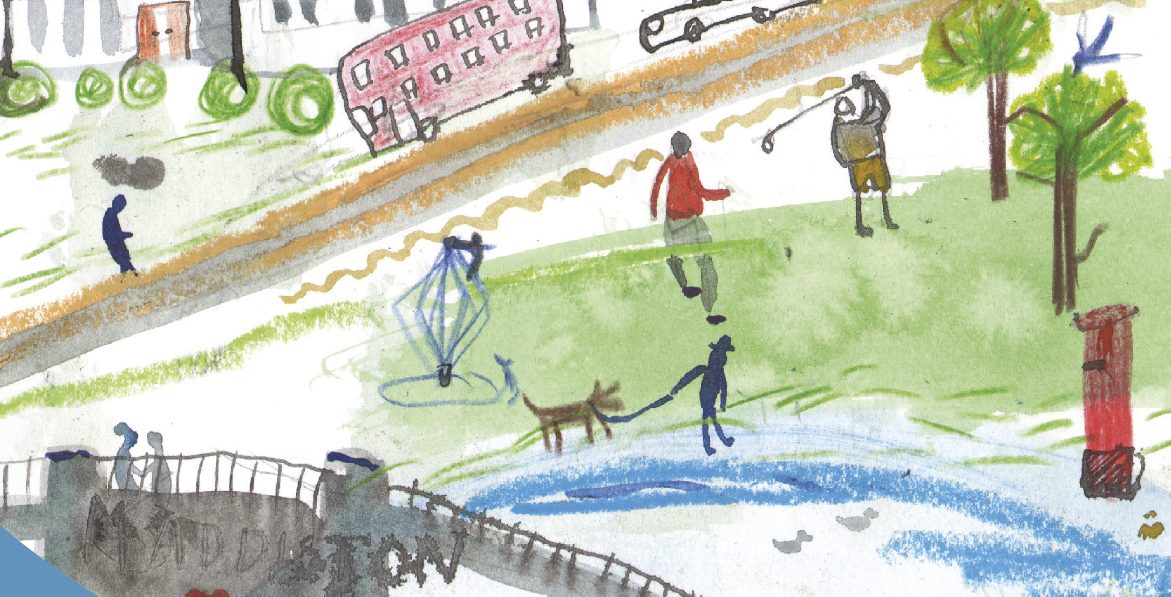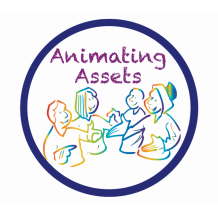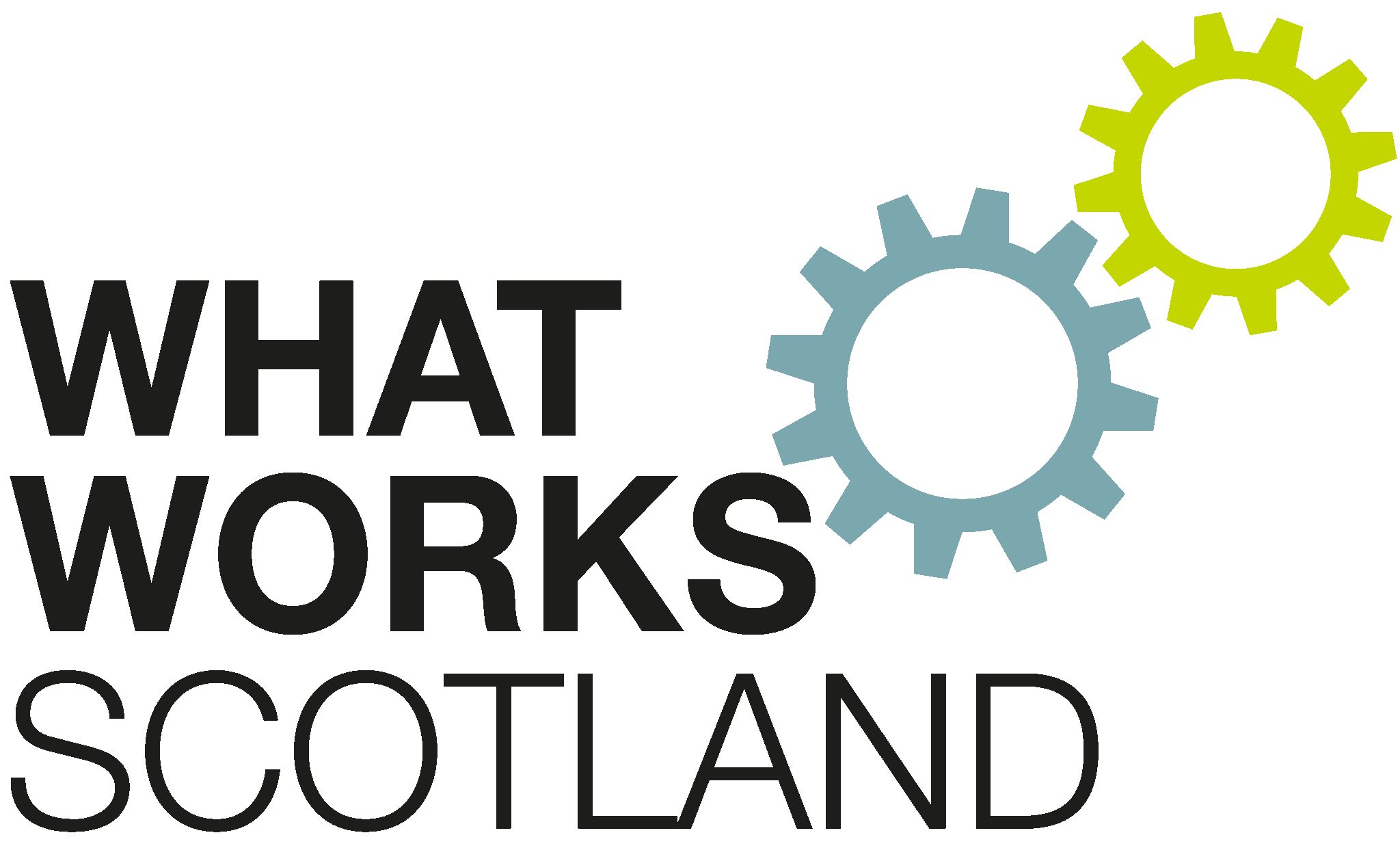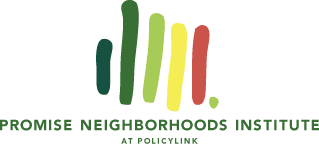This report outlines the work to date of the Getting There: Maddiston and Rumford project. The aim of this work was to explore with local people how they feel about the area they live in, and work with them to make some real positive changes. The report explores the main enquiry work that was done in the area that included:
- Completion of a local enquiry that involved asking local residents about their experiences of living in Maddiston and Rumford.
- A Community Feast event that brought together local people and organisations to celebrate, and share food and ideas around activities that would benefit the area.
- Following a community vote at the Feast, five local projects were given small amounts of money to spend on activities that were deemed to have a real positive impact on local people.
- An asset map has been collated and hosted by Maddiston Community Council that captures the range of the local community assets (resources, places, activities and businesses) in the area.
This report isn’t the end of the story. We now hope to harness the positive momentum of the work and engage other individuals and organisations to both promote and take action on the findings of the project, with some of this already underway. We also want to highlight the partnership approach taken and help people explore how this could be tried out in other areas.
Please access the full report here:
Getting There: Maddiston and Rumford Activity Report 2016-2017









